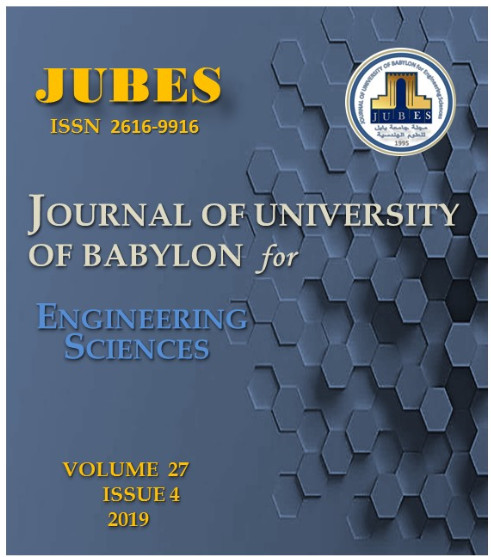An Attempt to Find Suitable Parameters for Coagulation-Flocculation Processes for the Treatment of Water
Main Article Content
Abstract
Water turbidity is considered as an important physical parameter of water quality. It is a good indicator for assessing the required treatment for the drinking water. In the present study, a standard jar tests were conducted to obtain the most suitable parameters for the design of coagulation-flocculation process. Results proved that the best rapid mixing time (t1), slow mixing time (t2), and settling time (t3) are 1, 50 and 60 min respectively. The maximum removal efficiencies of turbidity were 99.31, 98.56 and 94.72% at t1, t2 and t3 equal to 5, 50 and 60 min respectively, with pH values ranged from 3.7 to 8.9. The measured values of water turbidity removal perecentage were represented using an artificial neural network (ANN) technique and the results signified that there is a remarkable agreement between experimental and predicted values with coefficient of determination (R2) and root mean squared error (RMSE) equal to 0.932 and 0.5501 respectively.
